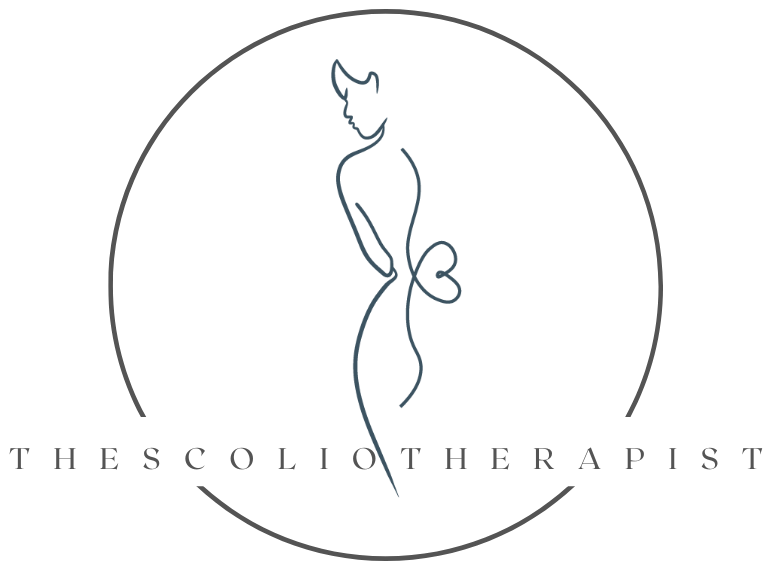Scoliosis and Chronic Pain: An Interview With Shivani Persad
I’m so excited to share this interview with Shivani Persad! Shivani spent 10 years as an international model despite having scoliosis, and she now works as a journalist and content marketing manager. She is very outspoken about her own journey with scoliosis and chronic pain, and I think her story can be helpful for others who experience similar challenges.
Scoliosis and Chronic Pain
Not everyone who has scoliosis deals with chronic pain. But Shivani has experienced chronic pain since her scoliosis diagnosis when she was 13. In her experience, the most effective ways to manage that pain include physiotherapy, massage, and exercise. Her routine includes strength training, boxing, and walking.
Everyone’s Scoliosis Experience Is Different
Scoliosis is an extremely personal condition, and everyone’s experience is different. And that means everyone has a unique experience with treatment as well. Treatments that work well for some patients might be ineffective for others.
For example, Shivani’s experience with Chinese acupuncture was complicated. The actual acupuncture treatment was effective for her pain, but the process of being treated triggered her anxiety, which made it less than ideal. She has found Japanese acupuncture to be a better fit for her, which is a great reminder that trying new treatments can be beneficial.
Shivani credits an active lifestyle and regular stretching with helping her manage chronic pain. Exercise is an effective treatment method for many people, so if you haven’t looked into creating a scoliosis-safe exercise and stretching routine, it might be a good option to try.
Chiropractic vs. Osteopathic Care
Shivani has also had good results from osteopathic care. While this branch of medicine has similarities to chiropractic care, there’s a significant difference in terms of impact. Osteopathic treatments tend to be very low impact — no “cracking” techniques that are common in a chiropractor's office.
Advocating for Yourself
Unfortunately, there is still so much misinformation and “medical gaslighting” surrounding scoliosis and chronic pain in general. That’s why it’s so important to be able to advocate for yourself.
That might mean doing much of your own research and trying many providers before finding the right team for you. But you know your body best, and you know what you’re experiencing. Avoid working with people who try to tell you that you don’t know your experience or that you can’t understand what’s happening in your body.
Regaining Your Confidence
Having scoliosis can definitely affect your self-esteem. Your clothes fit differently, your curve might be noticeable, and you may have to wear a brace. All of these things can steal your self-confidence, and most scoliosis patients know what that feels like.
Shivani has experienced that too, and her advice centers on reframing her perspective. She reminds herself that living with scoliosis and chronic pain requires an immense amount of physical and mental strength. It may help to take a similar view and remind yourself how strong you are for just living each day in your body.
Re-evaluate Your Perspective
Living with scoliosis and chronic pain is rough. It can make every day a challenge and take a toll on your self-esteem. But reframing your thinking can help you make it through each day feeling confident and proud of yourself. Just remember that you are overcoming challenges each day, and that resilience is what makes you strong.
Living an active lifestyle can help reduce chronic pain. If you want to get a little more exercise in your life — without harming your curve — I’ve got the perfect program for you: The Scoliosis Movement Bootcamp. This 6-month program helps you understand your curve better and find ways to build strength gently and effectively in just a few minutes a day. Get all the details and sign up for The Scoliosis Movement Bootcamp today!
If you enjoyed this episode, please leave a rating and make sure you’re subscribed to the podcast to get every episode when it airs.
